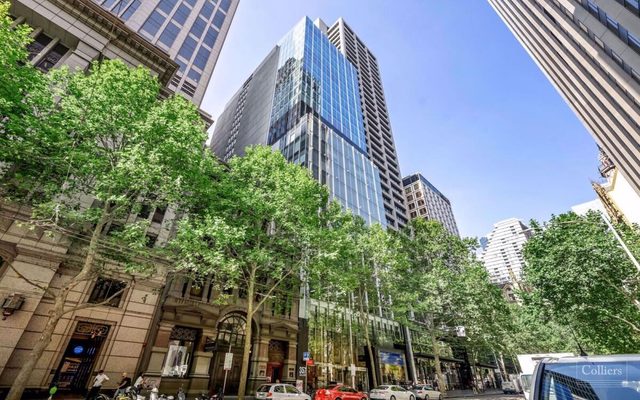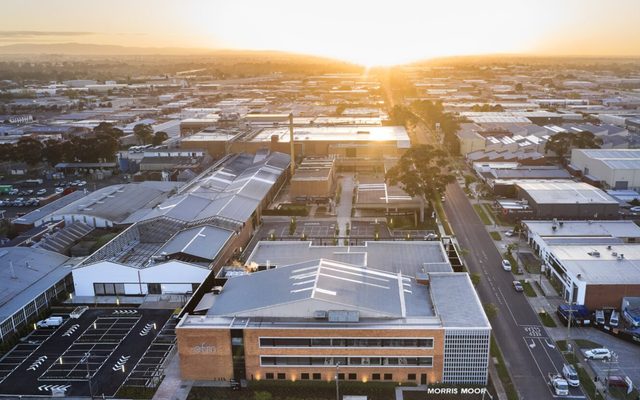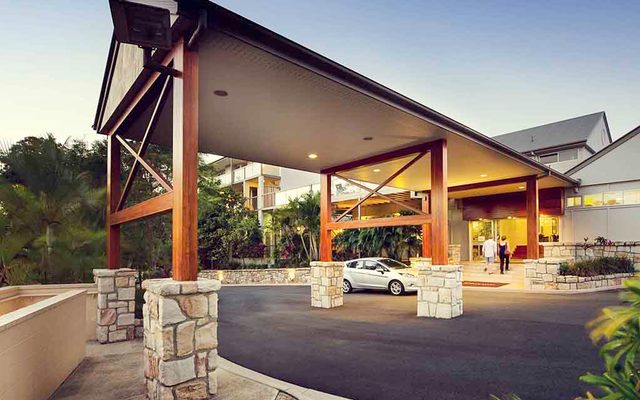This article is from the Australian Property Journal archive
STOCKLAND is expecting earnings growth over the coming year on the back of demand for detached homes, and will undergo a strategic review in the back half of the year to plot its next phase as it looks to move into the land lease sector.
The diversified developer posted a $1.1 billion full-year profit with a surge in house settlements and industrial asset valuation gains, flipping the $21 million loss seen last year.
It is forecasting the ongoing for detached homes will grow its funds from operations by at least 4.5% to 34.6 to 35.6c per security.
Lower retirement living settlements contributed to the fall, and Stockland is looking to reduce its exposure to the sector over time.
The residential business reported FFO of $331 million, down 10.9% on FY20, however excluding one-off transaction profits, the result represented an increase of 20.5%.
“We expect demand for affordable master-planned communities product to remain strong through FY22,” group executive and CEO communities, Andrew Whitson said.
There was 6,374 settlements achieved, an increase of 19.8%, driven by record-low interest rates, customer preference shifts towards suburban living, government stimulus such as the HomeBuilder package, and accelerated production.
The business has 5,620 contracts on hand at the end of July and Stockland is expecting to settle 6,400 lots this financial year, with statutory approvals and construction industry shutdowns deferring about 600 settlements into FY23.
An operating profit margin for the sector of about 18.0% is being targeted, in line with FY21’s which was impacted by the earlier disposal of non-core super lots and higher Western Australia settlement volumes than expected.
Net sales volumes were up by 54.2% to 7,700 lots, its highest level in the last four years.
Strategic review
“Accelerating third-party capital partnerships is a key focus as we expand our asset and funds under management and grow recurring earnings,” new chief executive Tarun Gupta said.
“With the numerous opportunities ahead, I will be working closely with the leadership group to complete a strategic review of the group, with a market update on our plans scheduled for late in the calendar year.”
Stockland has doubled its land lease settlements target to around 600 in the next three years. It launched the Aura and Minta communities in the second half of the year and this month completed its $620 million acquisition of Queensland-based Halcyon Group’s land lease communities business.
The transaction includes the acquisition of 3,800 sites across 13 land lease communities, made up of six established land lease communities, four communities in development and three projects in planning. It increases the size of Stockland’s portfolio to 7,800 sites and a $3 billion development pipeline.
“The Halcyon acquisition reflects Stockland’s determination to leverage its scale, market reach and expertise in residential to create not just additional revenue streams, but higher quality recurring earnings,” Gupta said.
Stockland said its operating cashflow of $1.0 billion fully funded distributions and facilitated further investment into its commercial property development pipeline and restocking of its residential landbank.
Commercial property comparable FFO overall up 3.9% to $587 million.
Its $5.5 billion of logistics, life sciences and technology assets now represent 25% of the group’s portfolio, with the group having increased its capital allocation to the sector by 60% over the past five years. The portfolio delivered a net revaluation uplift of $545 million, or 19.1%, with the weighted average cap rate tightening since December by 60 basis points to 4.8%.
The segment’s FFO grew 1.0% to $164 million and over 400,000 sqm of leases and heads of agreement were executed over the year.
Workplace FFO also lifted 1.0% to $60 million, while new leases and renewals generated rental uplifts of 5.8% on average. The portfolio registered a net valuation decline of $31 million, or 3.0%. The weighted average cap rate of the portfolio firmed by 20 basis points to 5.6%.
The retail town centre portfolio delivered FFO of $363 million, up by 5.6%. Portfolio occupancy was slightly improved at 99.1%, and leasing activity has returned to pre-pandemic levels. The 683 leasing deals were struck at an average leasing spread of negative 6.1%, albeit at a slight improvement on the first half figure of negative 7.8%.
Gearing improved from 25.4% to 21.4%, at the low end of Stockland’s target range of 20 to 30%.




